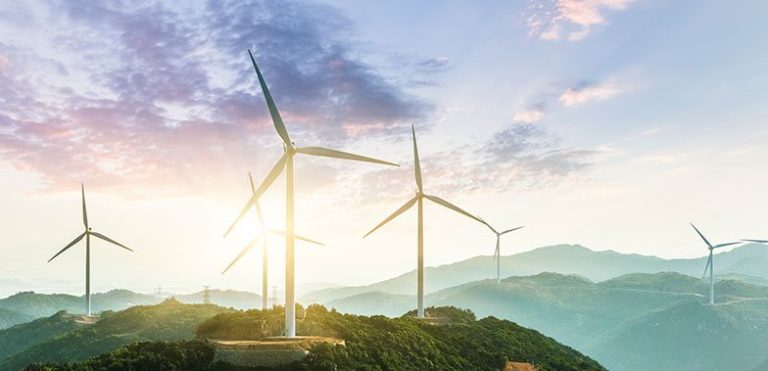Introduction
Over 2 billion tonnes of municipal solid waste is produced annually, and that amount is expected to increase by 70% by 2050, according to the World Bank. But what if instead of being a danger, waste became a source of energy? Today, biomass energy power plants are assisting us in seeing waste differently, transforming things like agricultural leftovers, garbage and things from forests into clean and reliable energy.
Unlike intermittent sources like solar or wind, biomass offers 24/7 generation and localized supply chains. This blog explores the benefits of biomass energy power plants, their impact on rural economies, and why they deserve more attention in global energy policy.
Table of Contents
What Makes a Biomass Energy Power Plant a Game-Changer in Renewable Power?
A biomass energy power plant works by burning materials like agricultural waste, wood, and even garbage to produce electricity. Given that biomass goes through the same carbon cycle as nature, it produces energy in a more sustainable way than fossil fuels. They use what would be waste to create useful energy, helping us meet both our environmental goals and our need for energy.
Benefits of Biomass Energy Power Plants
Biomass energy power plants are different from other renewables because they address several pressing issues at the same time. From working on waste to supporting rural areas, here’s why they’re gaining global attention:
- Turning Waste into Power
A key benefit of biomass power is that it turns daily organic materials such as crop remains, leftover tree branches, and even garbage into safe energy. This way, it helps communities manage rising waste problems by producing electricity they need. - Cleaner Energy with Lower Emissions
The process of producing energy from biomass is almost carbon neutral. When plants take in CO₂ during growth, they help counteract the CO₂ that is released through burning. It might not be flawless, yet it is a better, environmentally friendly alternative than coal or gas. - Jobs, Energy Access, and Local Impact
Biomass plants truly benefit the economies of communities where they are located. Starting from gathering raw materials to operating the plant, they make sure there is steady employment for many—mainly in rural areas. Countries like Sweden and Brazil have scaled this model successfully, proving how biomass can power homes and livelihoods. - Scalable and Flexible Energy Solutions
Biomass technology works well at the national level and also for smaller, local communities. That’s why it’s useful in energy systems everywhere, including those where infrastructure is not developed but biomass fuel sources are present. - Reliable Supply from Local Resources
While solar and wind rely on weather, biomass power plants can keep running with fuel, which is often available locally. As a result, it becomes a great choice for areas rich in waste from agriculture or forests, helping to rely less on foreign fuel supplies and keeping power grids stable.
The Future of Biomass Power
More counties are including biomass energy power plants in their energy mix, making their clean energy strategies stronger. The desire to reduce emissions is prompting people to see biomass as both a temporary alternative and a lasting answer to strengthening the grid and growing rural economies. According to REN21’s Renewables 2023 Global Status Report, bioenergy already contributes 12% of the world’s total energy supply, a figure expected to grow with innovations in waste-to-energy and sustainable feedstock sourcing.
An excellent example is the Avedøre Power Station in Denmark, which used to rely on coal but has become a very efficient biomass plant instead. It sends both heat and power to Copenhagen, showing how it is possible to use biomass instead of fossil fuels without losing dependability. They demonstrate that biomass is not only an intermediate measure but also an important element of the new green urban landscape.
Frequently Asked Questions (FAQs)
1. Is biomass costly?
Not necessarily. While installing a biomass plant may cost more at first, the long-term expenses are less than those of standard systems. Furthermore, using trash from your region cuts down on transportation costs.
2. What types of materials are used to fuel a biomass power plant?
Crop residues, wood chips, forest residues, animal dung, and leftover organic waste from homes are used in biomass plants. It all comes down to what is locally available and the design of the power plant.
3. What does it cost to build a biomass plant?
The building cost for a small biomass power plant (1–5 MW) often falls between $0.5 and $0.8 million per MW. The price for constructing large-scale farms is higher, but they experience efficiencies and a good percentage of ROI that save costs in the long run.
4. Can households or small communities run their own biomass systems?
Yes. Biomass systems like gasifiers and biogas digesters are already operating in rural areas of Asia and Africa to supply energy to homes, farms, and even smaller health or school facilities.
Final Thoughts
Not every solution has to be high-tech to be high-impact. Biomass shows us how grounded, local systems can still drive change.
So, can biomass energy really hold its ground against solar or wind? Drop your opinion in the comments below.






